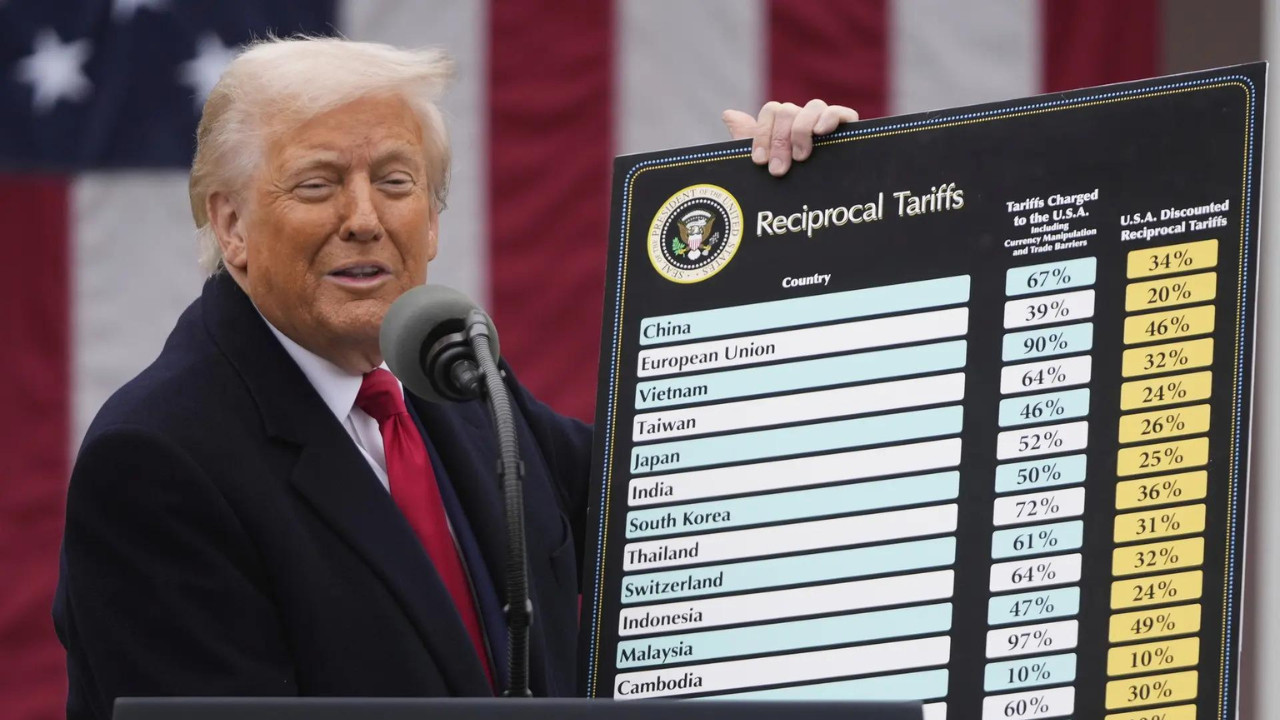Edelweiss MF CEO Radhika Gupta advocates for a balanced approach to personal finance, emphasizing both saving and enjoying life’s experiences. She also addressed the common misconception surrounding SIPs and mutual funds, clarifying their relationship to equities. Furthermore, Gupta proposed a solution to India’s obesity issue by suggesting restaurants offer half-plate portions.
Navigating the Market Maze: Where Should You Park Your Rupees?
We all wrestle with it: the great savings vs. investment conundrum. Stash it away for a rainy day, or put it to work and hopefully watch it grow? It’s a question as old as money itself, and the answer is rarely straightforward. Right now, with markets doing their unpredictable dance, the question feels even more pressing.
So, how do we decide?
Radhika Gupta, the CEO of Edelweiss Mutual Fund, recently shared her perspective on this very dilemma. And her advice boils down to this: don’t just save; save strategically, and then invest with purpose. The current market volatility, while unnerving, presents opportunities for those willing to do their homework.
Building a Solid Foundation: The Savings Imperative
Before diving headfirst into the world of equities, Gupta emphasizes the critical importance of a robust emergency fund. This isn’t about hoarding cash; it’s about financial security. Having 6-12 months’ worth of living expenses readily available can be the difference between weathering a storm and being swept away by it. This cushion provides peace of mind and prevents you from being forced to sell investments at unfavorable times should an unexpected expense arise.
Think of it as the foundation of your financial house. Without it, the rest is built on shaky ground. This approach to managing your investments with a strong savings base is vital.

Beyond Savings Accounts: Exploring Investment Avenues
Once you’ve established a solid financial foundation, the next step is to strategically deploy your savings. But where? Gupta highlights the allure of the current market landscape. Volatility, while often perceived negatively, can create buying opportunities. When the market dips, quality stocks become available at more attractive prices. This is the core principle of value investing – buying low and selling high.
However, she cautions against reckless abandon. Instead, she suggests a diversified approach. Think of your portfolio as a garden: you wouldn’t plant only one type of flower, would you? Diversification mitigates risk by spreading your investments across different asset classes, sectors, and geographies.
Shining a Spotlight on Small and Mid-Cap Stocks
One area Gupta specifically calls out as promising is the realm of small and mid-cap stocks. These companies, often overlooked by larger institutional investors, can offer significant growth potential. They have the agility and potential to disrupt established industries and deliver substantial returns.
Of course, this comes with increased risk. Small and mid-cap companies are inherently more volatile than their larger, more established counterparts. Therefore, thorough research and a long-term investment horizon are crucial. This is where seeking advice from a qualified financial advisor can prove invaluable. Consider also exploring resources on portfolio diversification to gain further insight.
Gold: A Timeless Hedge?
Gupta also touches upon the enduring appeal of gold as an investment. While it might not offer the same explosive growth potential as equities, gold has historically served as a hedge against inflation and economic uncertainty. In times of market turmoil, investors often flock to gold as a safe haven, driving up its price. Including a small allocation to gold in your portfolio can provide a buffer against potential losses in other asset classes.
The Power of Patience and Perspective
Ultimately, Gupta’s message is one of patience and perspective. Investing is a marathon, not a sprint. There will be ups and downs, periods of exuberance and moments of anxiety. The key is to remain disciplined, stay focused on your long-term goals, and avoid making emotional decisions based on short-term market fluctuations. Remember that managing your investments successfully requires time and dedication.
A Strategic Path Forward
Navigating the financial markets can feel overwhelming, but it doesn’t have to be. By prioritizing a strong savings base, diversifying your investments, and maintaining a long-term perspective, you can increase your chances of achieving your financial goals. Whether it’s exploring small-cap opportunities or adding the stability of gold to your portfolio, a well-thought-out strategy is your best defense.







